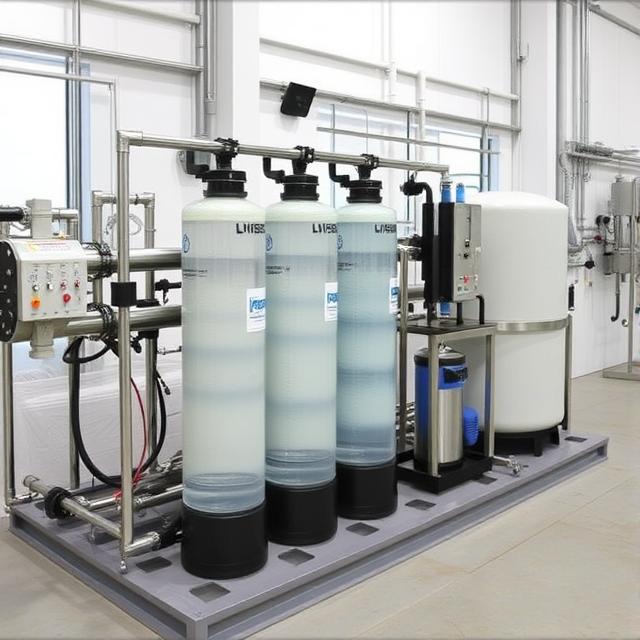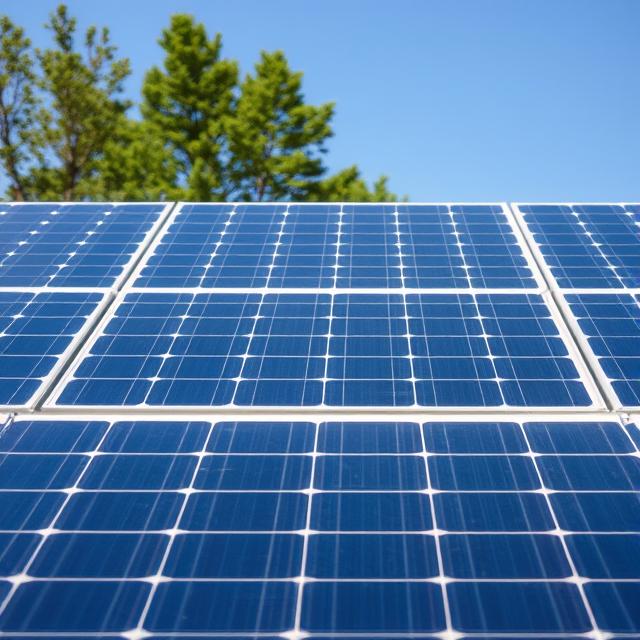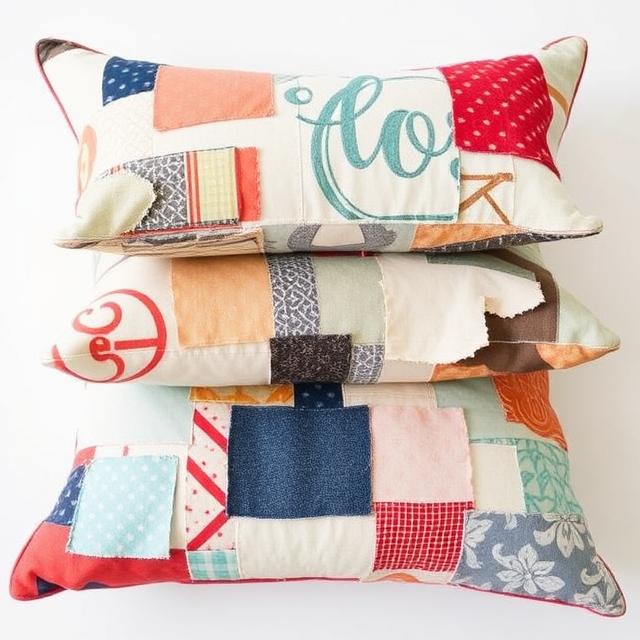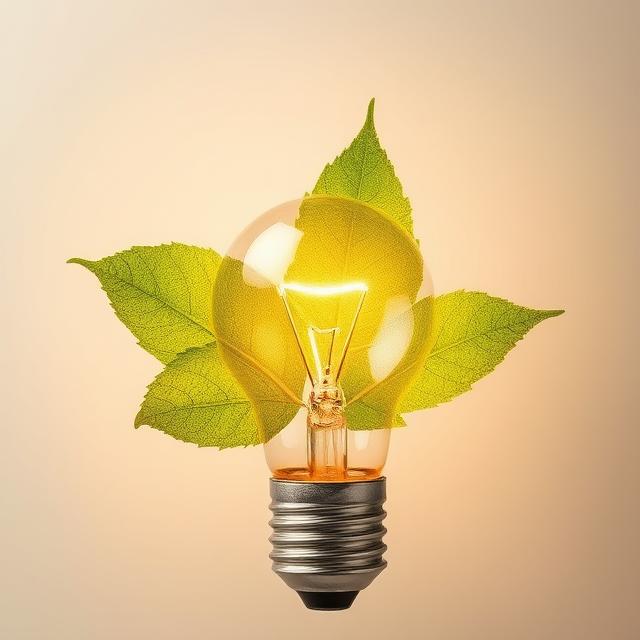
We Recycle: Transforming Dyed Wastewater into Sustainable Solutions
The textile industry grapples with the environmental challenge of dyed effluent, which threatens water quality and disrupts ecosystems. In response, our factory has adopted innovative solutions to combat this issue.
At the heart of our strategy is advanced Reverse Osmosis (RO) technology, paired with a cutting-edge biological pre-treatment plant, enabling us to recycle approximately 90% of our dyed wastewater. This meticulous process ensures the reclaimed water meets the highest environmental standards before re-entering production.
For the remaining 10%, we employ a rigorous evaporation process that crystallizes residuals into reusable salt, effectively minimizing waste and supporting a circular economy.
Our commitment to recycling not only protects local water bodies but also enhances biodiversity. By pioneering sustainable practices, we are not just a manufacturing facility; we are a model of environmental stewardship, dedicated to fostering a cleaner, greener future for all.

Renewable Energy Initiative: We are on track to achieve 80% of our power consumption through solar and wind energy by 2021. This ambitious project underscores our commitment to sustainable energy solutions and positions us as leaders in the transition to a greener future.

At our company, we prioritize sustainability by utilizing inlay and tag cards, along with various packing materials crafted from recycled craft paper. This commitment not only reflects our dedication to eco-friendly practices but also ensures that our packaging is both functional and environmentally responsible

Our cotton filling incorporates recycled fabric remnants, while our polyester filling utilizes post-consumer PET bottle waste, transforming it into Oeko-Tex certified polyester fiber. This sustainable approach not only reduces waste but also ensures high-quality materials that meet rigorous environmental standards.

In line with our commitment to a sustainable future, we are transitioning to LED lighting, replacing traditional fluorescent bulbs. This shift not only promotes energy efficiency but also ensures a non-toxic, 100% recyclable solution with zero UV emissions. Together, we are illuminating a brighter, greener tomorrow.